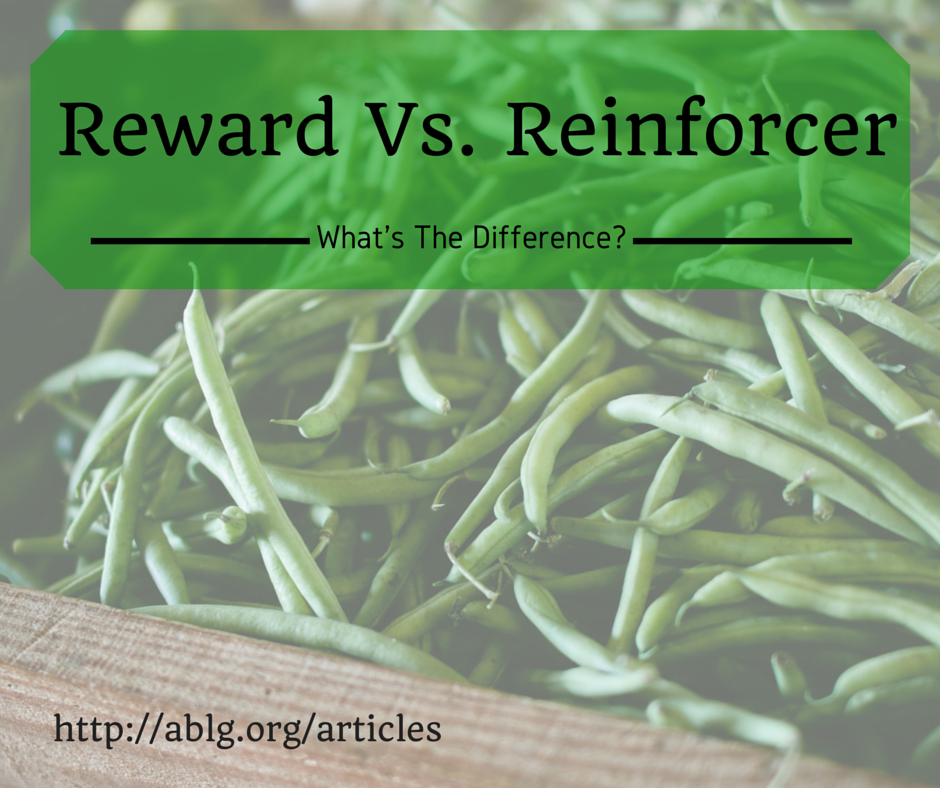 If your child is receiving ABA therapy in school or at home, you might hear the word “reinforcer” a lot. As clinicians, we often see “reinforcers” confused with “rewards”. In this article, we’ll talk about why reinforcers and rewards are different ~ and why “rewards” are not a part of ABA therapy.
If your child is receiving ABA therapy in school or at home, you might hear the word “reinforcer” a lot. As clinicians, we often see “reinforcers” confused with “rewards”. In this article, we’ll talk about why reinforcers and rewards are different ~ and why “rewards” are not a part of ABA therapy.
Technically, the definition of a reinforcer reads: “A stimulus that follows a response and increases the likelihood that the response will occur again in the future”.
If you’ve already zoned out, we don’t blame you. Let’s break it down.
Some characteristics of reinforcers:
- They are specific and individualized
- They are delivered (or naturally occur) after some kind of behavior is demonstrated by the learner
- Reinforcers might not be something the rest of us consider desirable
- A true reinforcer can’t be determined until its effect on behavior is shown
- A reinforcer can be an event, tangible, edible, or natural consequence of the behavior
- Reinforcers are usually delivered on a pre-determined schedule
- Reinforcers might be idiosyncratic and enjoyed only by the learner with Autism
A reward, on the other hand, is more arbitrary:
- Criteria for the behavior to be rewarded may not be clear or defined, resulting in less-than-best performance on the part of the learner
- Often something the teachers and adults assume would be reinforcing
- Chosen for the learner by an adult
- A reward is something delivered arbitrarily
- Reward schedules are often the same for all learners in the same environment
- Rewards may or may not strengthen behavior
A good example of a “reward” is enthusiastic social praise. We often assume that our learners will love loud social praise. Many learners have sound sensitivities and might actually find it punishing. Other examples are toys and activities that adults presume all children enjoy, but that for a child on the Autism Spectrum, might serve as a difficult, punishing activity.
Another example is receiving stickers and toys after an hour of good behavior at the dentist. Some children will respond by showing good behavior next time they go to the dentist. Some children will need a more specific reinforcer, for example, an arm squeeze or break, after 5-10 minutes of good behavior.
The bottom line is,reinforcement is individualized to the learner’s needs, and strengthens behavior. When specific, individualized reinforcement schedules are designed, behavior can change in the desired direction. When rewards are used, it’s like playing reinforcer roulette. You might see behavior change, or you might not. (Click to Tweet!)
A comprehensive reinforcer inventory can help catapult your child’s success in his or her ABA program!

Great article! I get asked the difference between reinforcers and rewards all the time at my center Le Chemin ABA and will share your article with families and professionals. Thanks!
Thank you for visiting the site ~ we hope that sharing this article strengthens the lines of communications between families and clinicians!
Very good article!
Thank you Denise! Glad you stopped by!